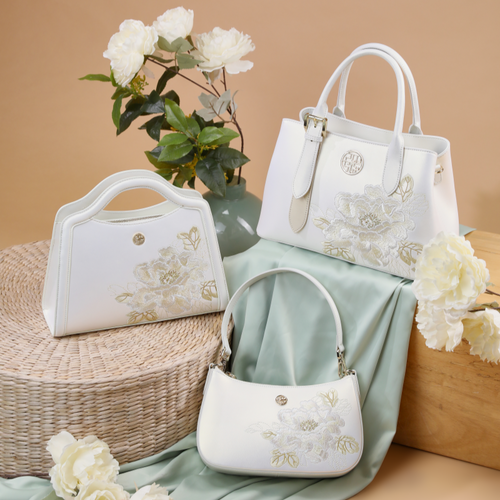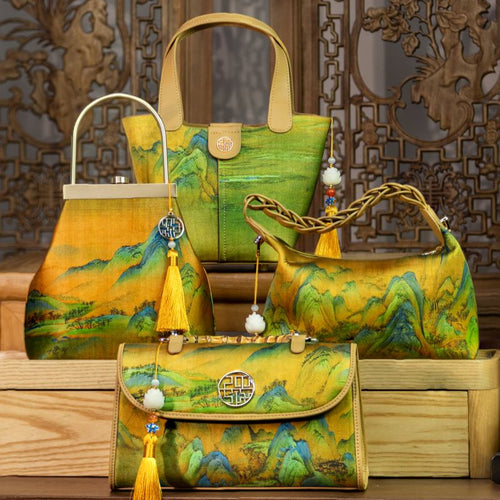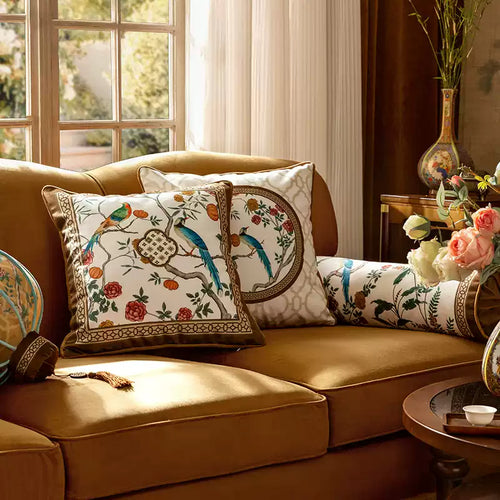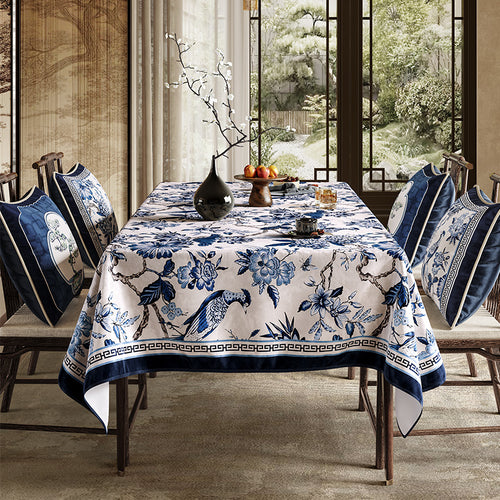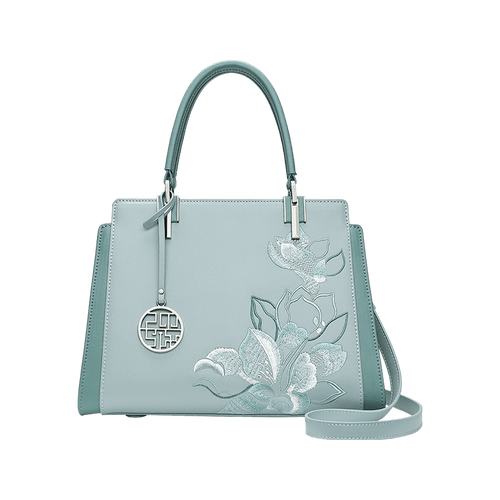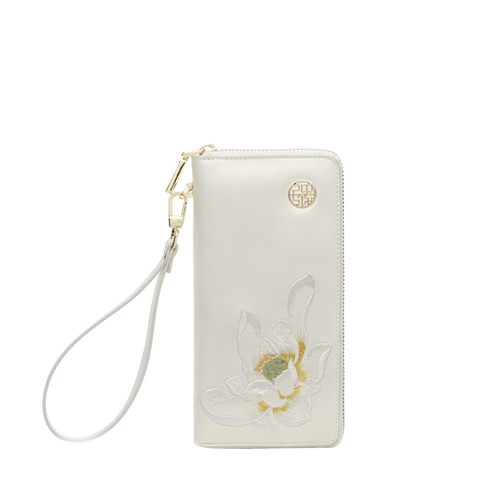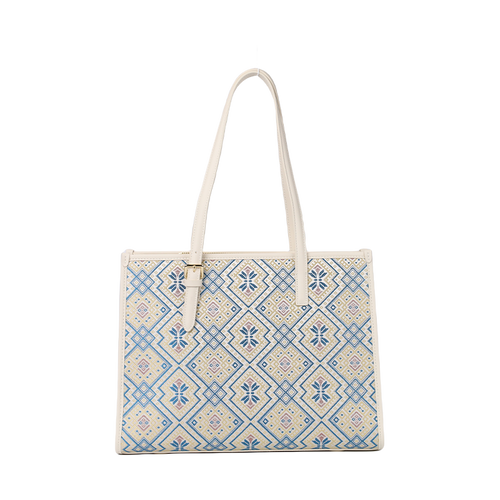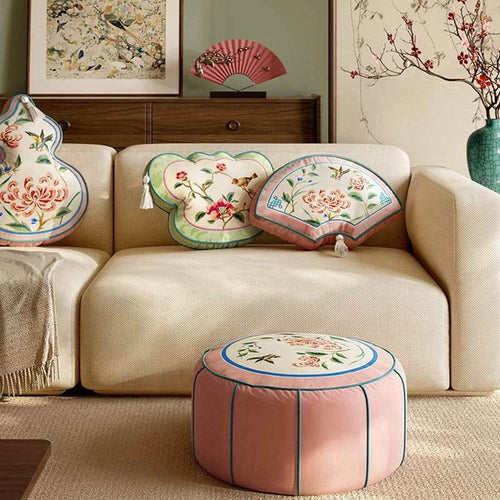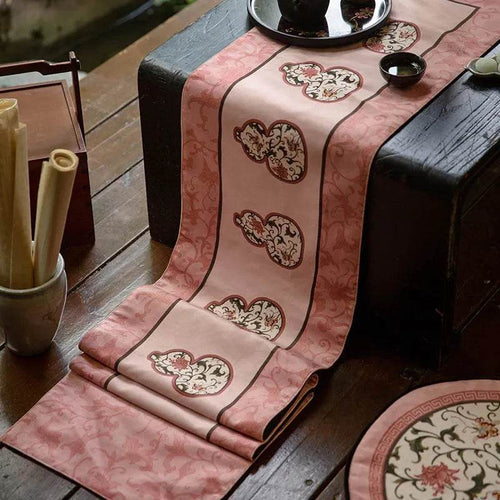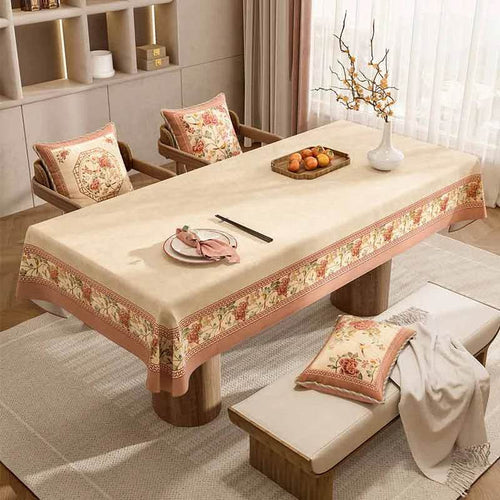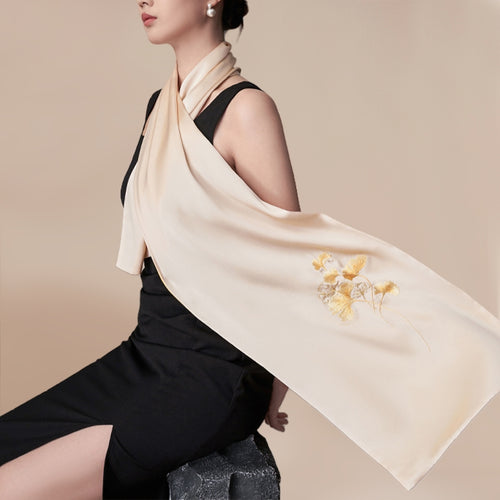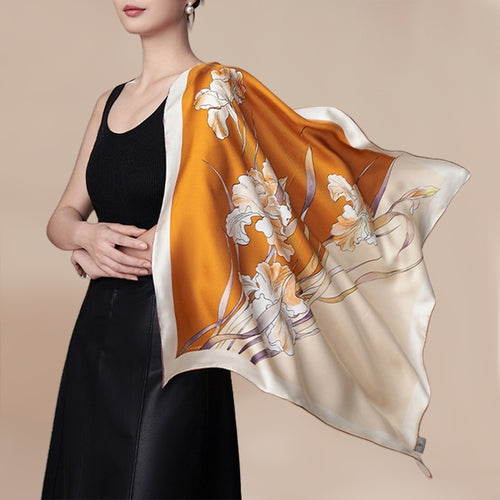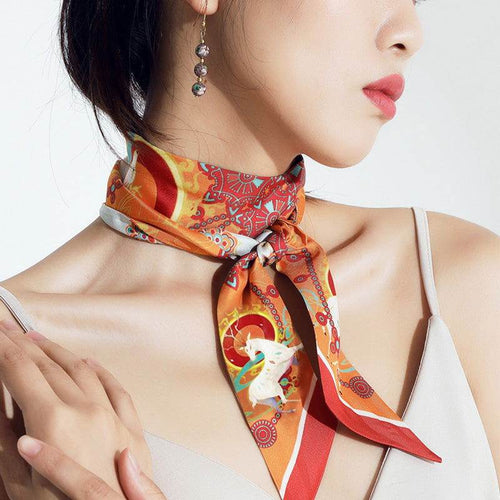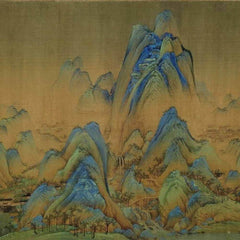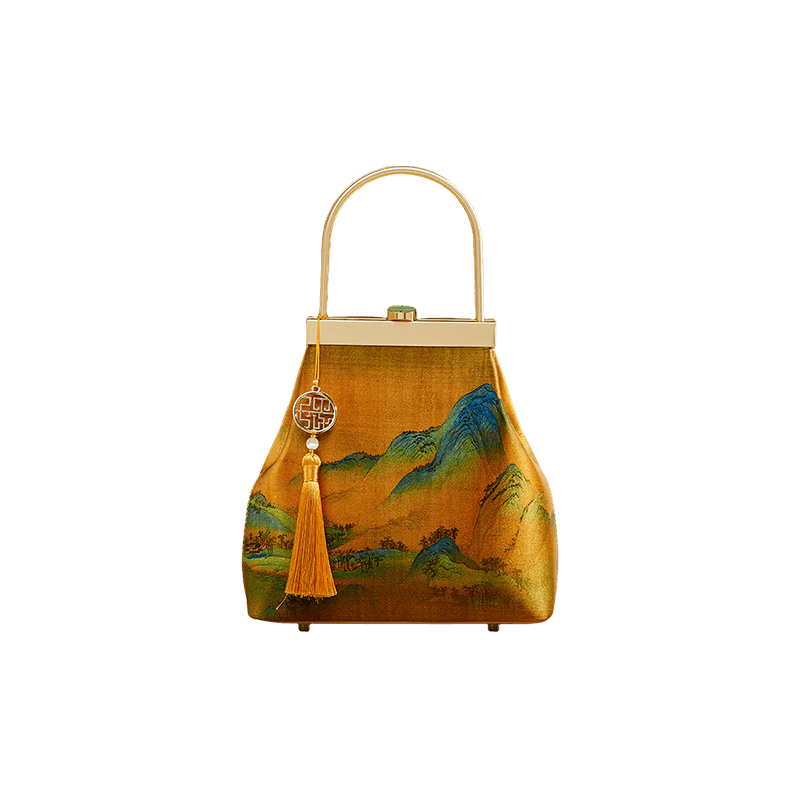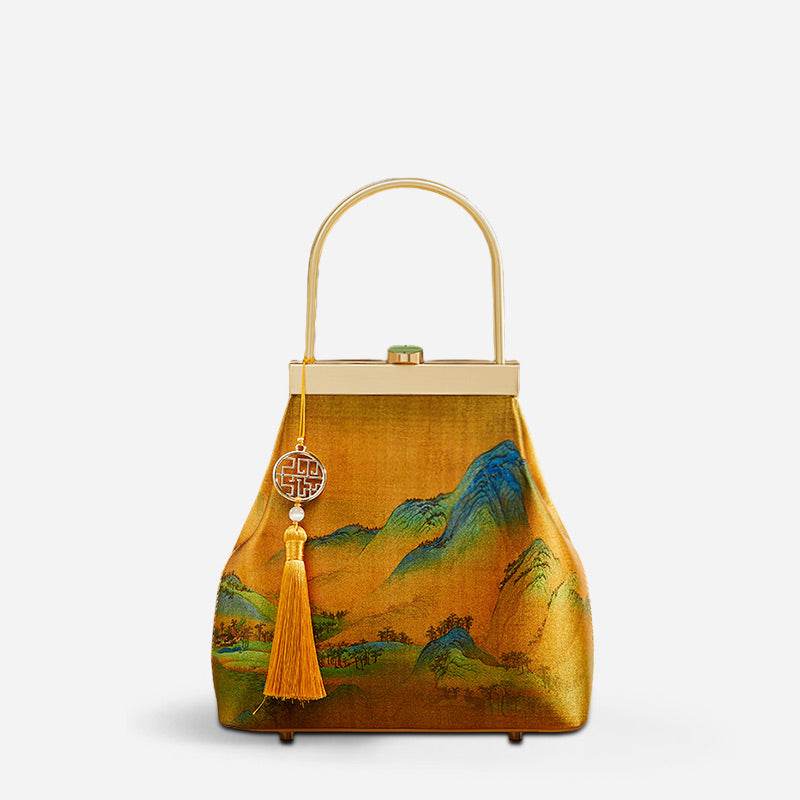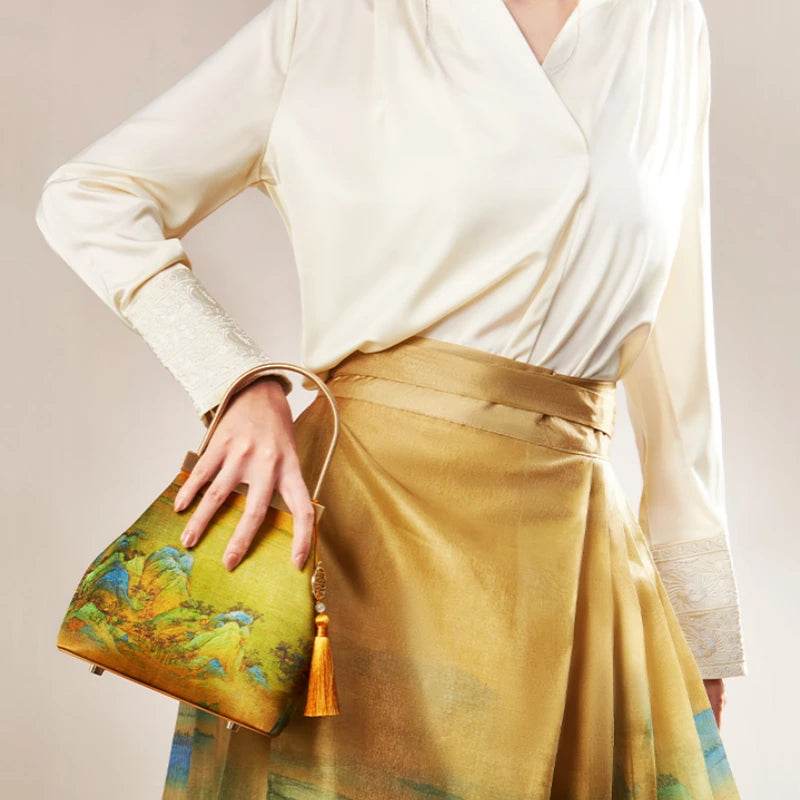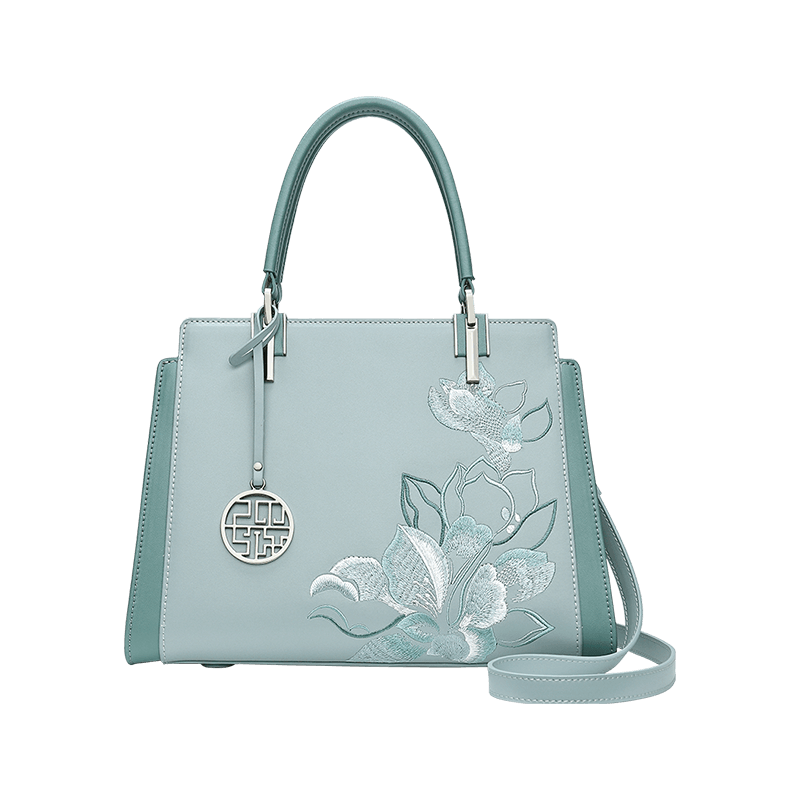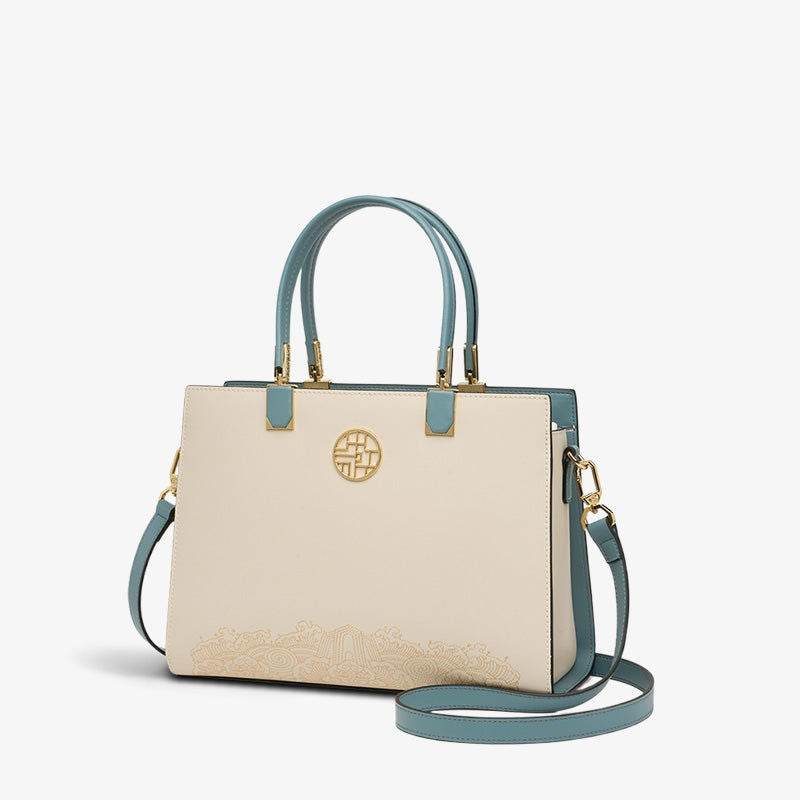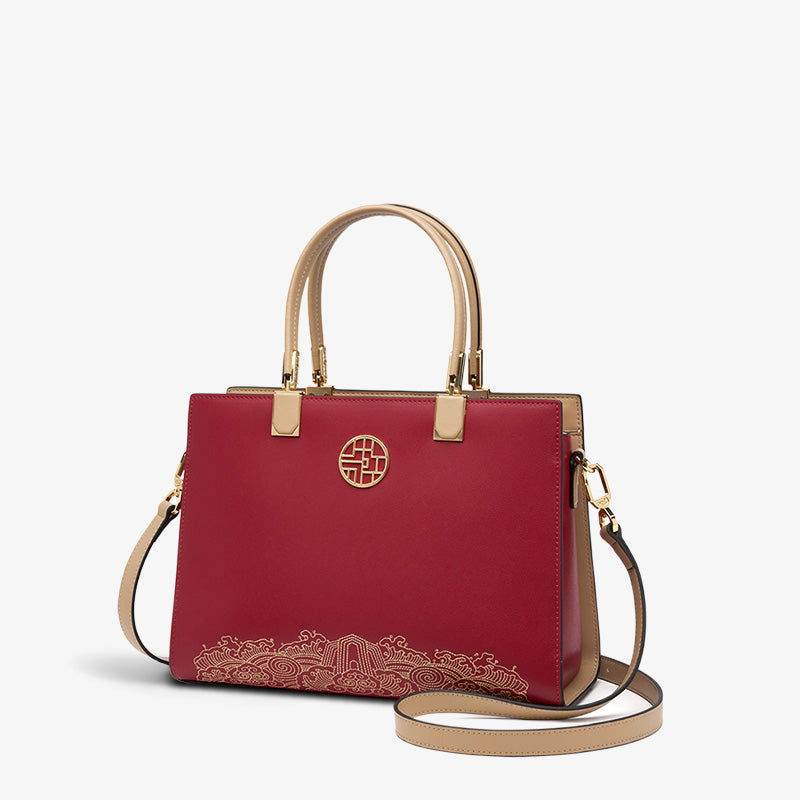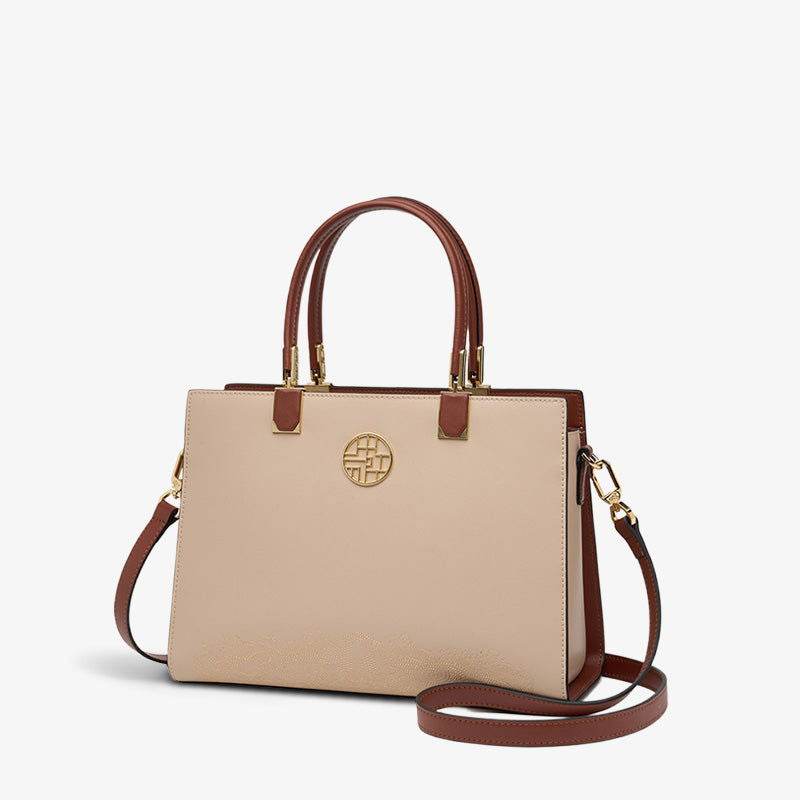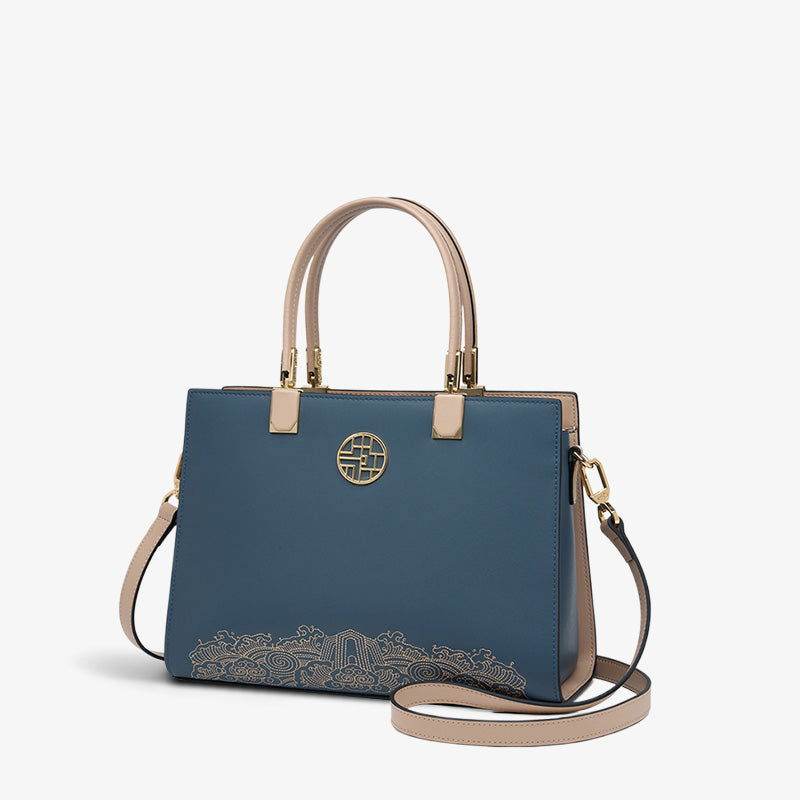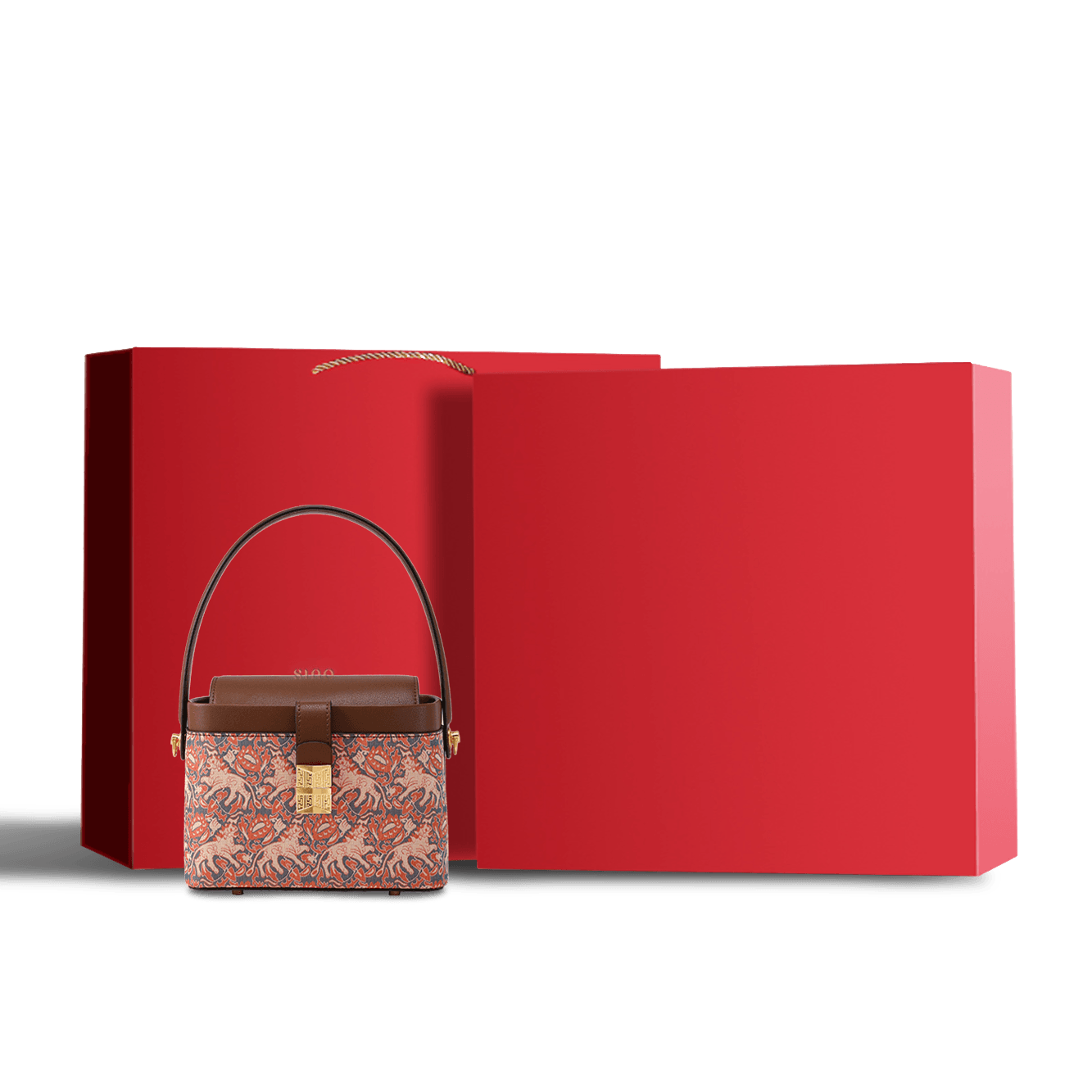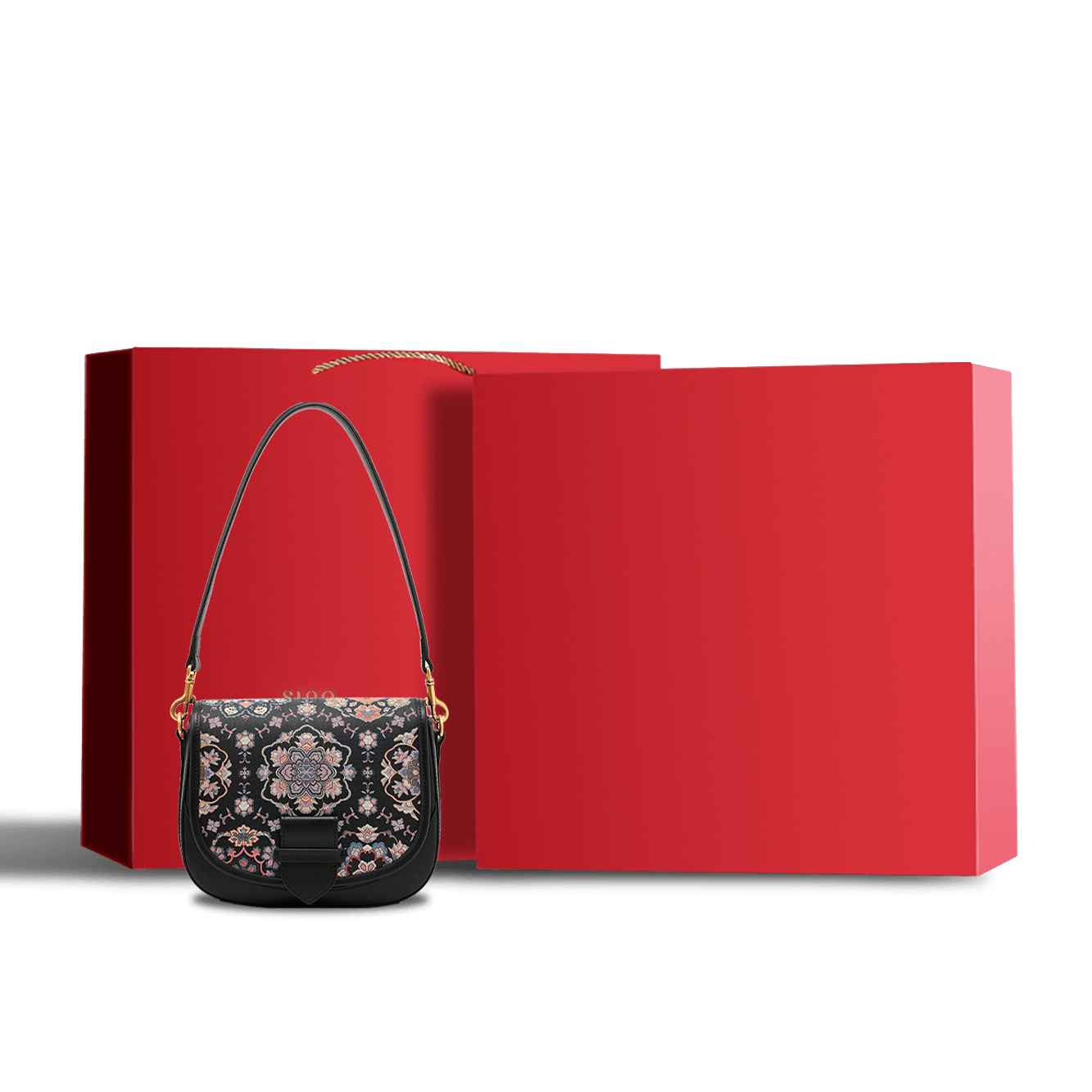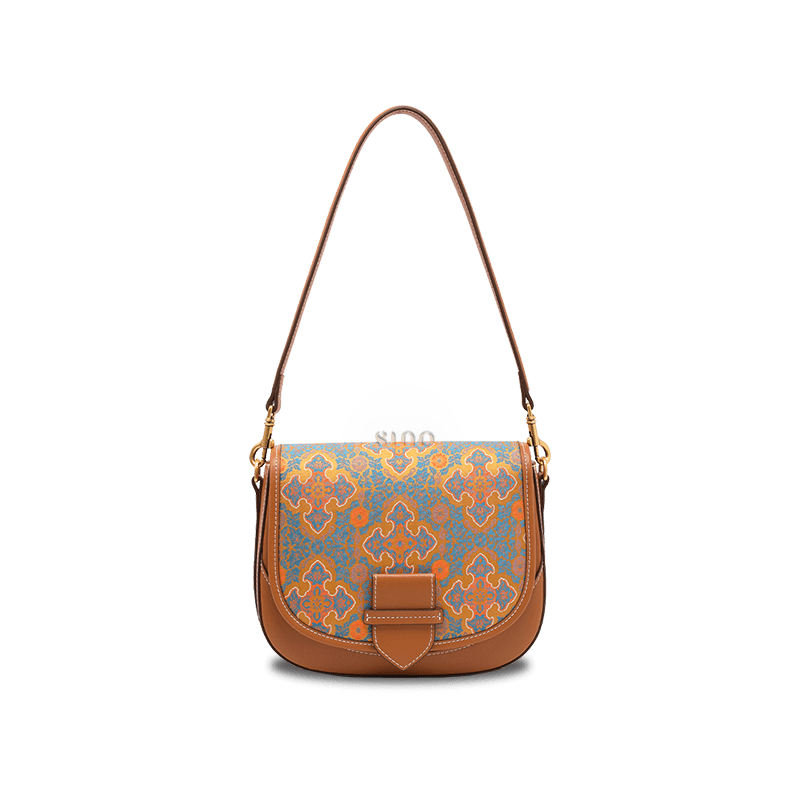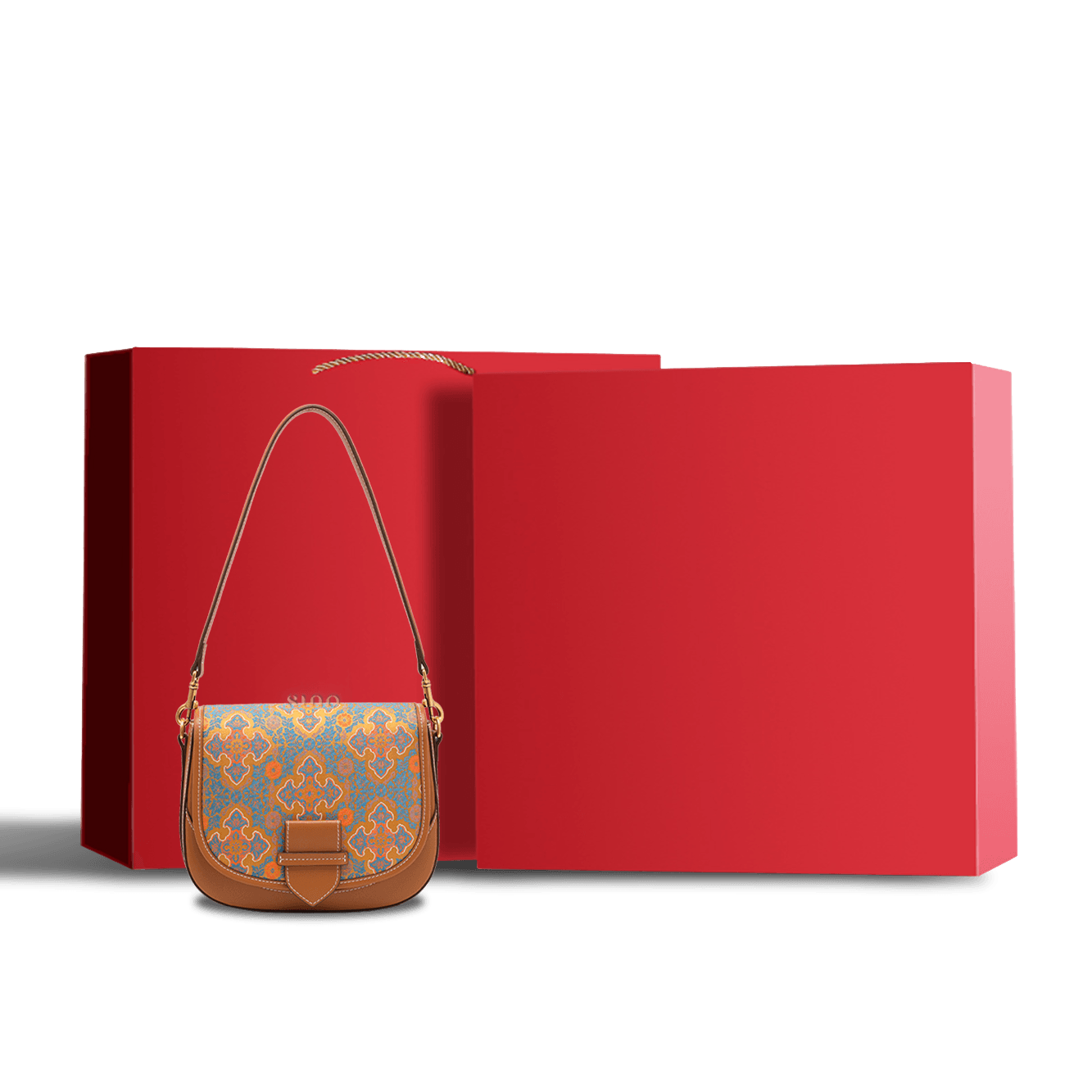Chinese luxury embodies 8,000 years of imperial artistry – where silk threads encode dynastic glory, porcelain glazes capture celestial harmony, and tea leaves ferment into liquid philosophy. Unlike Western luxury’s pursuit of novelty, these UNESCO-protected crafts (Yunjin brocade, kesi silk, Ru kiln ceramics) thrive on sacred traditions: a single dragon robe consuming 3 years of hand-weaving, celadon glazes perfected through Song dynasty alchemy. More than status symbols, they are living heirlooms of a civilization that redefined luxury as dialogue between heaven, earth, and human genius.


Chinese Silk – The Art of Imperial Weaving
In China, silk is more than just cloth. It is a carrier of culture and art. From palace embroidery to brocade, every piece of silk is a work of art, and every stitch contains profound cultural significance. Silk of China is also recognized as the highest luxury in China's traditional crafts. The best silk in the world comes from China. In the Great Navigation Age, western nobles take China silk as their status symbol.
-
Core Techniques:
-
Foundational weaves: Ling, Luo, Chou, Duan, Juan, Sha, Xiao, Jin, Zhou
-
Master-level arts: Four Famous Embroideries, Four Famous Brocades, Kesi (缂丝), Xiangyunsha Silk (香云纱)
-
-
Featured Snippet Optimization:
▸ Why Chinese silk dominated global luxury:
-
Nanjing Yunjin Brocade: Dragon robe fabric for Ming/Qing emperors (5cm/day output)
-
Kesi Silk: Reversible patterns woven at 2mm/day precision
-
Xiangyunsha Silk: Plant-dyed "soft gold" exclusive to royalty

Four Famous Chinese Embroideries (Su, Yue, Shu, Xiang)
The Four Famous Chinese Embroideries include Yue (Canton) Embroidery, Su (Suzhou) Embroidery, Shu (Sichuan) Embroidery, and Xiang (Hunan) Embroidery. They have a history of at least 4,000 years in China and reached their peak during the Ming and Qing Dynasties. The Qing Dynasty marked the golden age of Su Embroidery, with many embroidered pieces enjoyed by the imperial family, all crafted by Su embroidery artisans.

Click to see embroidery handbags
Four Famous Brocades of China – Weaving Power & Prestige
The Four Famous Chinese Brocades include Yun Brocade, Song Brocade, Shu Brocade, and Zhuang Brocade. Chinese “jin” (brocade) has a history of over 3,000 years. It is highly demanding in production and very difficult to produce, and is regarded as the pinnacle of silk weaving craftsmanship.

Nanjing Yunjin - The Best "Jin" Use for Royal
Yunjin(Yun Brocade), also known as ”Tianyi", has been a high-end custom for the royal family and nobles since ancient times. “Strands of jade and gold, woven into imperial clothes”, originated from the Eastern Jin Dynasty, and after more than 1,600 years, it was a royal tribute in the Yuan, Ming, and Qing dynasties, and a special brocade for dragon robes. It is not only clothing, but also a symbol of glory and status. It is a masterpiece of brocade weaving craftsmanship throughout the ages and ranks first among the four famous brocades in China.
Yunjin(Yun Brocade) weaving process is extremely complex and cannot be completely replaced by modern machines so far, so it can only be woven by hand.

Rarest Silk Techniques – Kesi & Xiangyunsha
◈ Kesi (缂丝)
Kesi, an ancient weaving art, is known as the "carving art on silk" for its fine craftsmanship and unique techniques.

So far, Kesi weaving can only be done by hand. Kesi not only has exquisite patterns, but also the patterns on the front and back are completely consistent. Since only one silk thread is used for the 16 processes, there must be no mistakes in the middle. Once a mistake is made, it must be started all over again. When encountering more complex and delicate patterns, even the most skilled craftsmen can only weave no more than two millimeters of Kesi in a day. Therefore, Kesi is extremely precious and is also called the "Saint of Weaving".

◈ Xiangyunsha Silk(香云纱)
China's top luxury fabric, the treasure among fabrics - Xiangyunsha silk is one of the oldest, most complex and most legendary silk fabrics in the world. It is the best silk and was exclusively used by the Chinese royal family in ancient times. Xiangyunsha silk is also the only silk fabric dyed with pure plant dye yam, and is known as "soft gold" in the textile industry.

Click to see xiangyunsha silk handbags
Conclusions
These millennium-forged luxuries are cipher keys to Chinese civilization: the 1,924 components of a Yunjin loom echo the agrarian wisdom of 24 solar terms; kesi's tongjing duanwei (warp-continuity-weft-break) technique mirrors Daoist yin-yang cosmology; Xiangyunsha's Dioscorea cirrhosa dyeing ritual embodies the tianren heyi (nature-humanity symbiosis) philosophy. True luxury reveals itself not in glitter, but in how silk threads converse with cosmic rhythms and plant pigments dance with sunlight.
